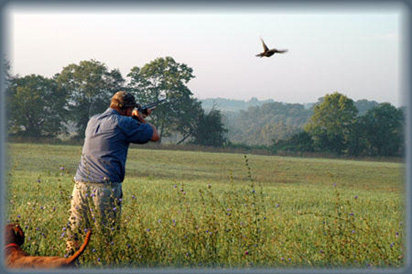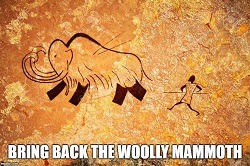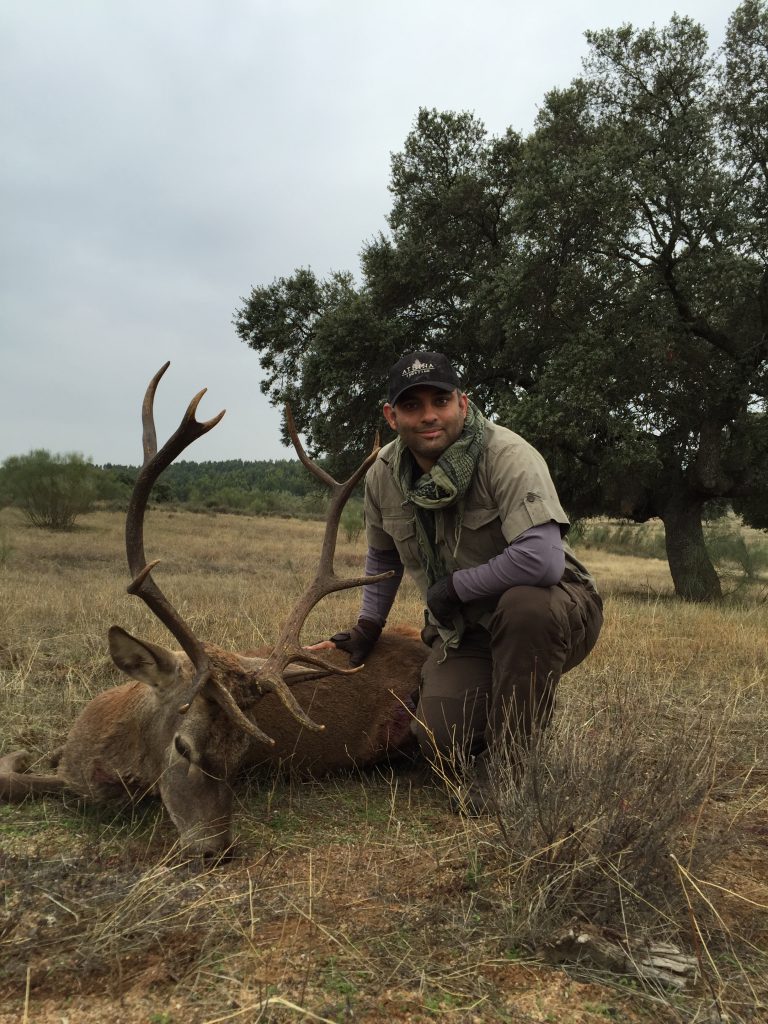

 The Accurate Reloading Forums
The Accurate Reloading Forums  THE ACCURATE RELOADING.COM FORUMS
THE ACCURATE RELOADING.COM FORUMS  Hunting
Hunting  Bird Shooting
Bird Shooting  Gamebird Hatchery and Poultry Production
Gamebird Hatchery and Poultry ProductionGo  | New  | Find  | Notify  | Tools  | Reply  |  |
| One of Us |
First off, I am not sure this is the correct forum for this posting, but I am equally not sure which one is? I have raised and butchered, as well as, supplied people with dog training birds in the past, but I am looking to take this a step further and start producing gamebird poultry for market. Surplus birds will be sold to dog trainers and preserves. I have pondered using a few different sizes of birds to meet different markets. In essence I was looking to produce three basic sizes: 1. Quail [Texas A&M, Bulter bobwhite, or Jumbo brown Coturnix] 2. Partridge [Grey Huns, Red-legged, or Chukar] 3. Pheasant [Manchu, Chinese, or Calif buff] The pheasant and partridge species/breeds to be selected are easy, but the quail are not. I have found that you can get bobwhite nearly as large as chukar and coturnix almost that large also. Plus, Texas A&M developed an all white meat varied of the coturnix called the Texas Gourmet Quail. I am still trying to decide what one or two varieties to bring into production. These birds will be pen breed and eggs laid, but open cage free grazed. Of course we will go organic. I find that this produces a strong crop of breeders in the long run that are tailored to produce for your area. Do any of you have experience with this industry and any thought on bird selection or problems I will face ramping up? | ||
|
| One of Us |
Well, I see not much for experience on this one. I have found a way to consistently produce bobwhite that are >15 ounces with longer wings that are great flyers. This bird could easily double as a meat producer and training bird for dogs. That is about 200% the body mass of the average wild northern bobwhite. | |||
|
| one of us |
how many are you going to raise | |||
|
| One of Us |
I'd suggest incubators for your game bird eggs as they tend to be nervous and may not set. Or just buy day old chicks from a hatchery (which I think is easier). Plan on processing your own meat birds, invest in a scalder and plucker at minimum. I plan to go small scale for Japanese green pheasant (mutant melanistic) in the next year or two. There will be a market for them in my state. I have to crawl through a substantial set of local gubment regs for game birds though. ~Ann  | |||
|
| one of us |
Is that a new strain or subspecies or is that a result of a special diet? Will they make in colder climates? | |||
|
| One of Us |
I agree with the equip. | |||
|
| One of Us |
Neither. They are a breed just like two sizes of beagles the 12" and the 15" . They are domesticated versions that still work very well in the wild, but were breed for size. JUST GOT AN UPDATE O NTHE BUTLER AT ADULT AGE [5 MONTHS] AND THEY ARE AROUND 28 OUNCES OR 1 3/4 POUNDS. | |||
|
one of us |
Ann, We rear the Japanese greens on our shoot here in the UK. They are a bird less prone to wandering off, and they grow to a better size than some of the other species, (especially the michigan bluebacks). As an eating pheasant I think they are the best of the lot due to their size alone. Rgds, FB | |||
|
| One of Us |
Yes, the greens are a gorgeous bird. How large a property do you release them on? ~Ann  | |||
|
| One of Us |
looks like I will be raising about 200 crosses between the Cunnighams and Georgias, and then 100 Butlers. | |||
|
one of us |
Hi Ann, We currently release the birds on 350 acres but we are aiming to double that at least if possible. There are no fences so the birds just go where they like, although we do feed all around and plant maize game cover for driving. We shoot approximately 150 pheasants and 250-300 ducks each year over 10 days shooting. The est just hang about or make home elsewhere. The interesting part is to see all the hybrids that turn up. You get some really amazing colours come out, and this year we had a couple of completely white birds to. I think I may have a photo somewhere. If I can find it then I'll post. Rgds, FB | |||
|
| Powered by Social Strata |
| Please Wait. Your request is being processed... |
|
 The Accurate Reloading Forums
The Accurate Reloading Forums  THE ACCURATE RELOADING.COM FORUMS
THE ACCURATE RELOADING.COM FORUMS  Hunting
Hunting  Bird Shooting
Bird Shooting  Gamebird Hatchery and Poultry Production
Gamebird Hatchery and Poultry Production

Visit our on-line store for AR Memorabilia

